
 |
| Off the beaten track |
| Grimaldi - Caves and prehistory in Liguria |
The Caves and Museum of Balzi Rossi
The Caves of "Balzi Rossi" (Red Stones) are close to Italian French border line in Liguria, Grimaldi village, near the town of Ventimiglia.
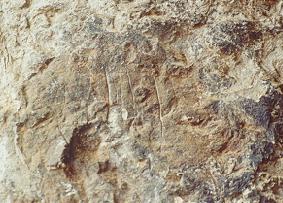
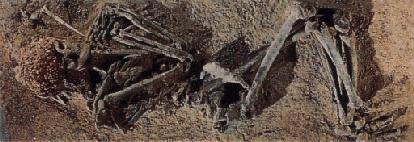
Bones and soil around it showed an intense red color, caused by powder of ochre
the bury was sprinkled with. The skull was adorned with marine shells and pierced
canine teeth of stag, once fixed on a kind of hat. The radius putted out of shape,
a recovered fracture, shows the man has overcame a serious trauma.
In each dug bury there was only male skeletons whose high was around 1.80 or 1.90
meters, the most high in the European Paleolithic population.
The buried man has many affinities with the Man of Cro-Magnon, one of the
human type lived during the Superior Paleolithic whose disgnostic traits was a
short face with rectangular eye-socket, the high robustness of the skeleton and
the high stature.
The kind of buries discovered seem to put on light the social importance of those
guys.
Two skeletons of children whose ages was about 2 and 3 years was discovered
inside the Cave of the Childrens.
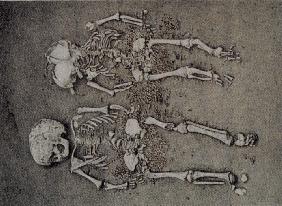
They was put down one beside the other; at the level of the hip and femur (or
thigh-bone) there was a lot of pierced marine shells (Nassa Neritea) that
seem to be part of a garment.
The most peculiar bury found was the Triple Bury. The three guys has
been buried in the same grave, side by side and sprinkled with red ochre and
accompained by a rich equipment. Two of them was young guys while the third one
more old.

The same anatomical difference found on the right side of the front bone of the
skull suggests a genetic relationship between the three guys. The old one was
about 1.90 meters high and has a remarkable skeletric robustness.
The funeral equipment consisted on big blades of stone, necklaces, decorations
made by spine bones of fishes and canine teeth of stag, ivory pendants decorated
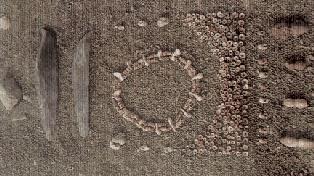
with dash engravings and pierced shells (Nassa Neritea).
Between the various discovers, the last, most arousing was the finding of the
so called Negroids of Grimaldi. The tomb contained the skeletons
of an adolescent and an adult woman but with different traits from the other buried
guys.
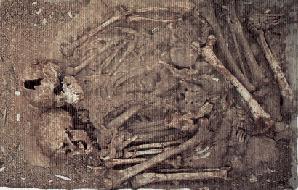
The head of the adolescent was adorned by a cap (bonnet) made of marine shells
(Nassa Neritea), while the woman had the same shells near the left wirst
and elbow, perhaps used as a bracelet. The bury of two people happened in two
different periods and the insufficient regards kept on buring the woman suggests
a funerary model acts to give importance to the male figure, just as it seems
each bury discovered in the Balzi Rossi area.
All the buries can be dated back to the period called Gravettian or
Epigravettian, a temporal gap from 29,000 to 19,000 years ago.
The Venus of Balzi Rossi are little female statues made during the Superior Paleolithic era, distinguished by a kind of Gravettian stone industry (from 29,000 to 21,000 years ago). They are bone, stone or ivory made statues whose high is about 10 centimeters. Their shape present an exaggeration of the volume of breasts, stomach and sides, while the other part of the body and legs are underdimensioned.

These little statues let us advance hypotesis about the aspect of prehistoric women: they could be very similar to the Hottentot women, with an important reserve of fat at the level of buttocks.